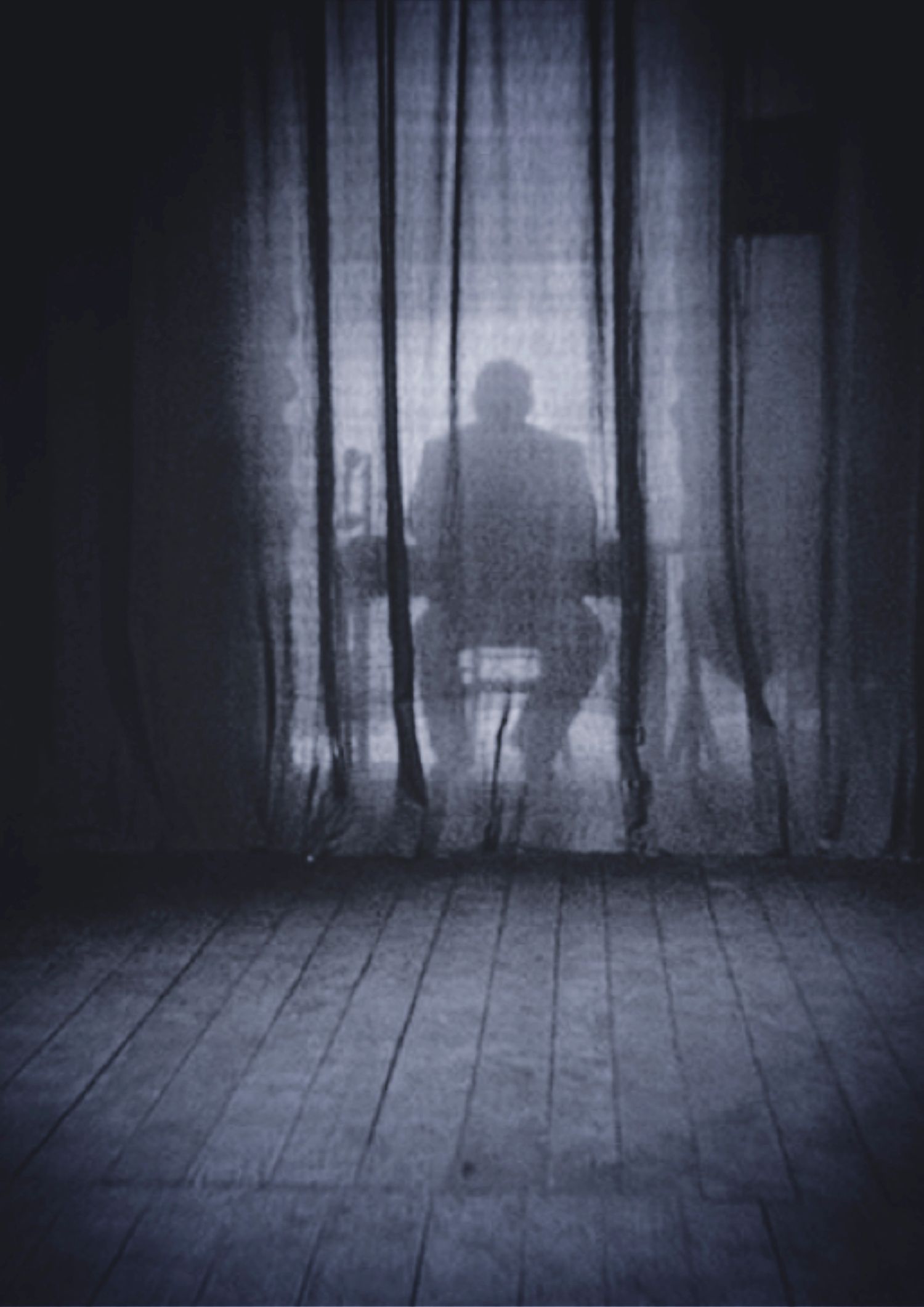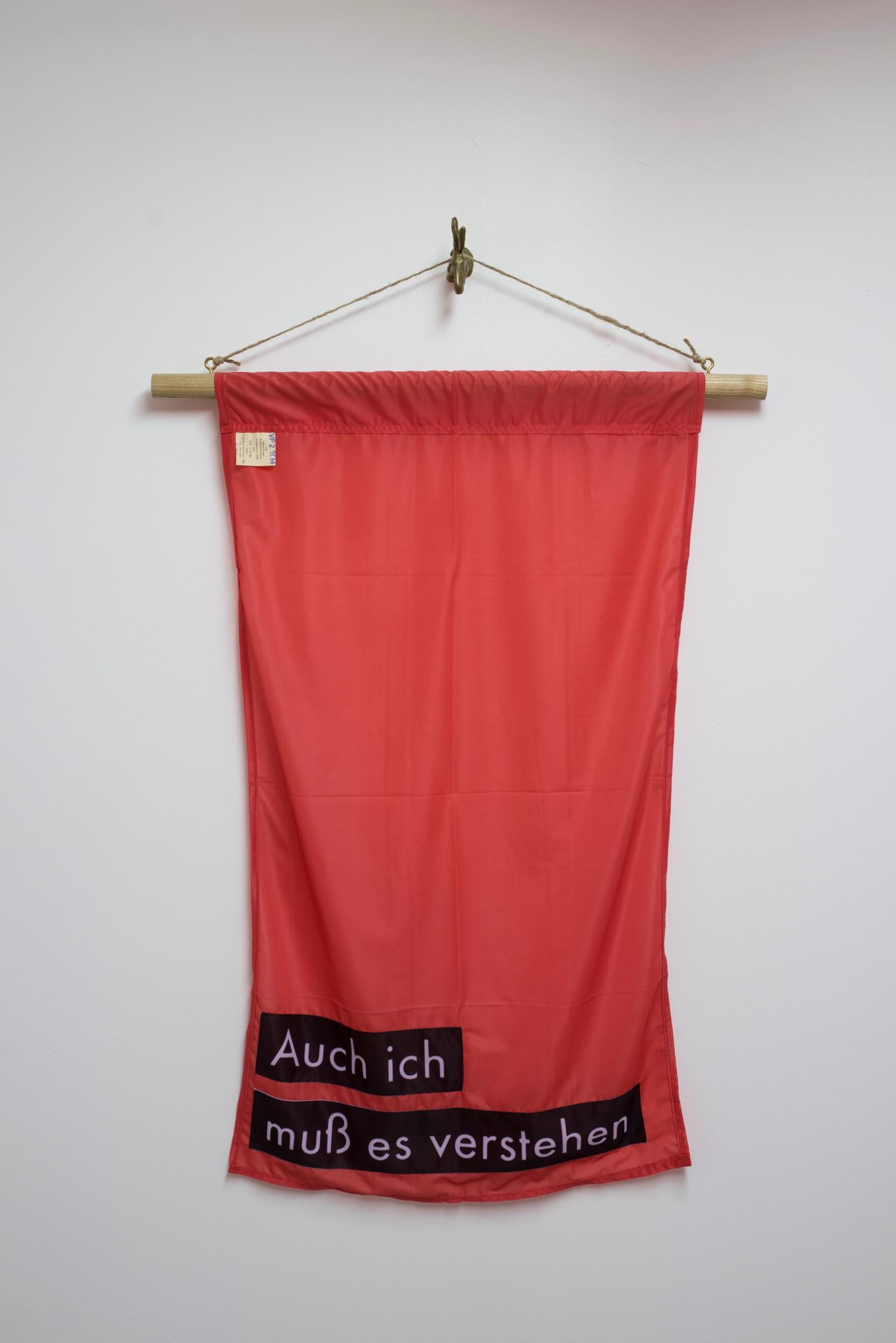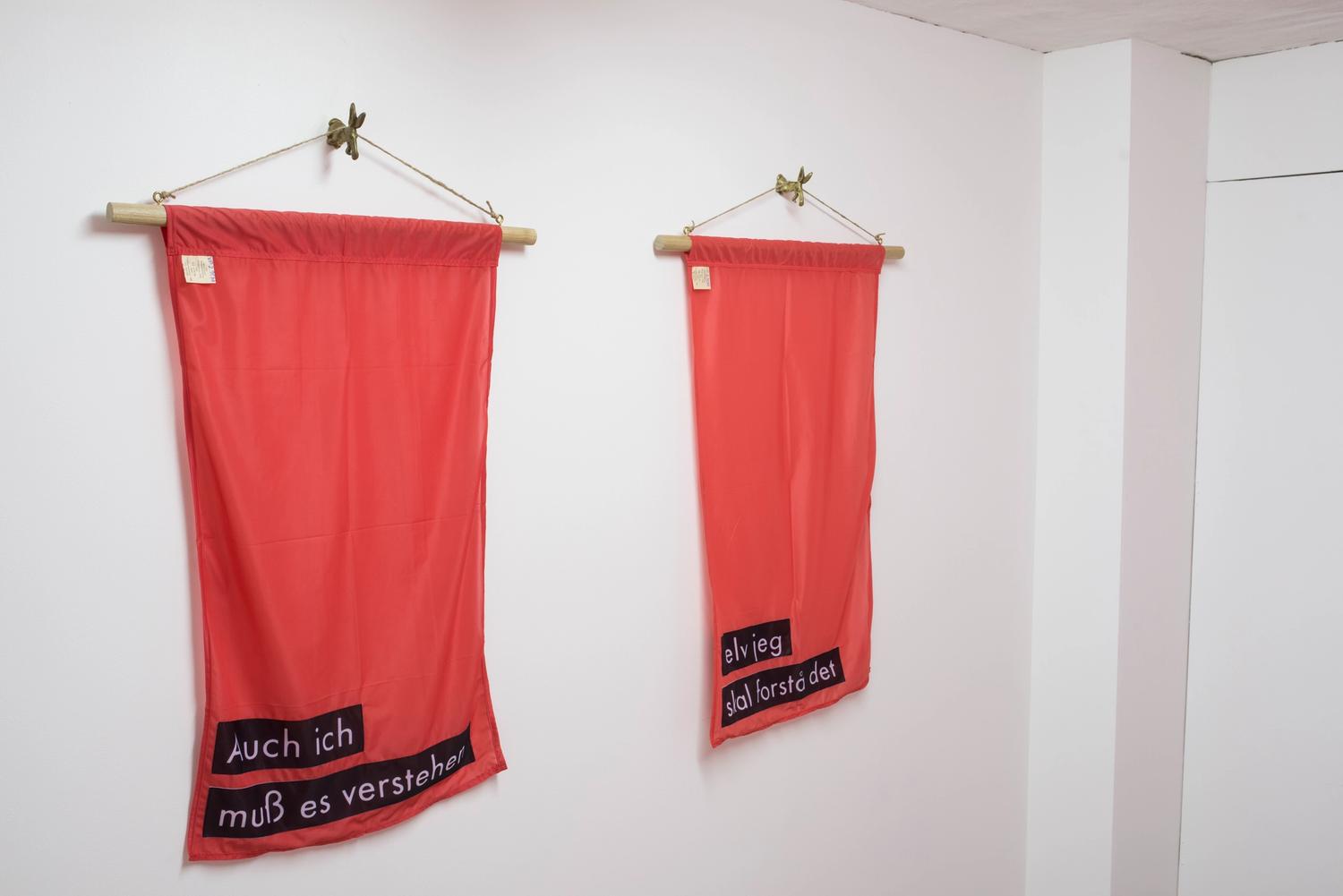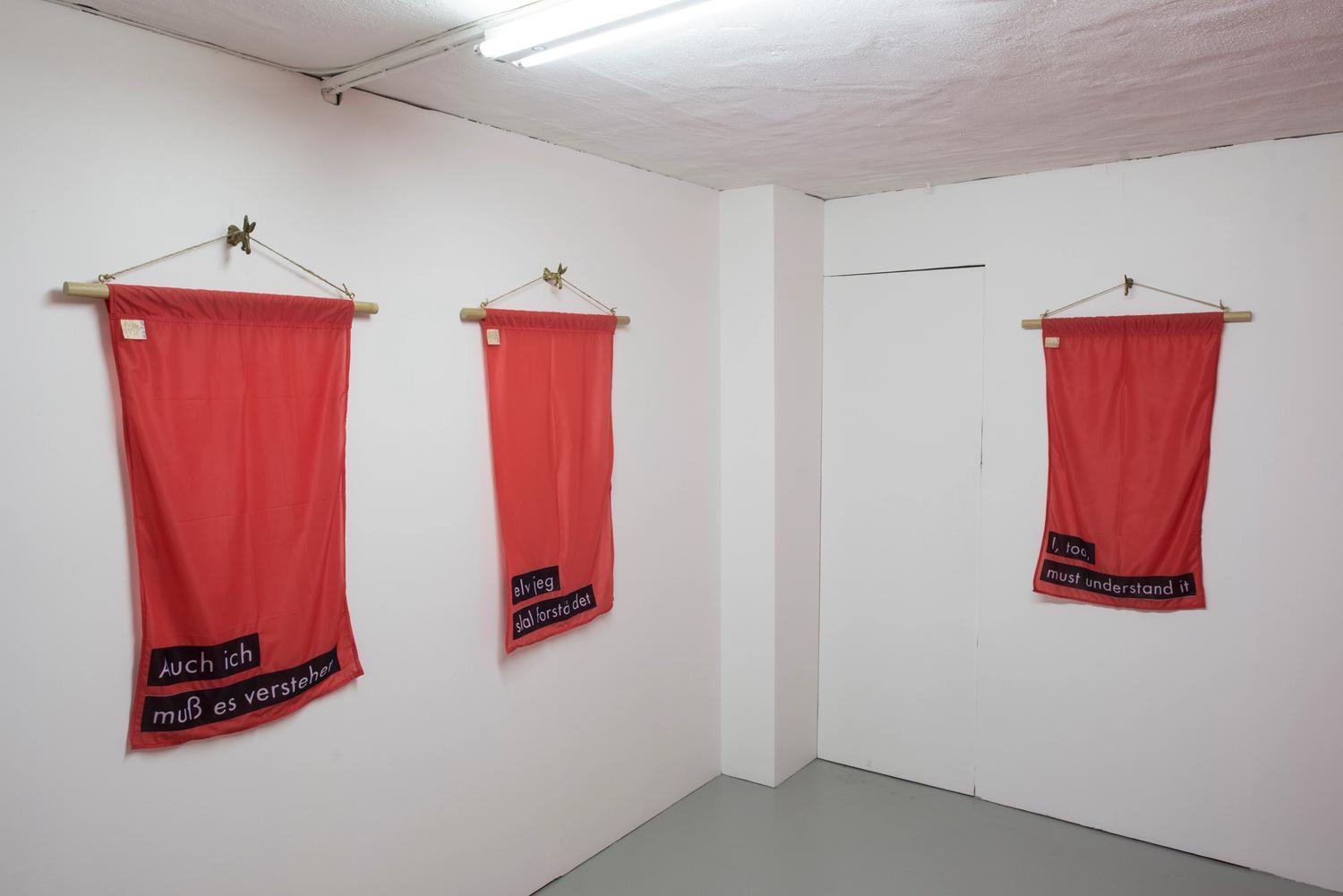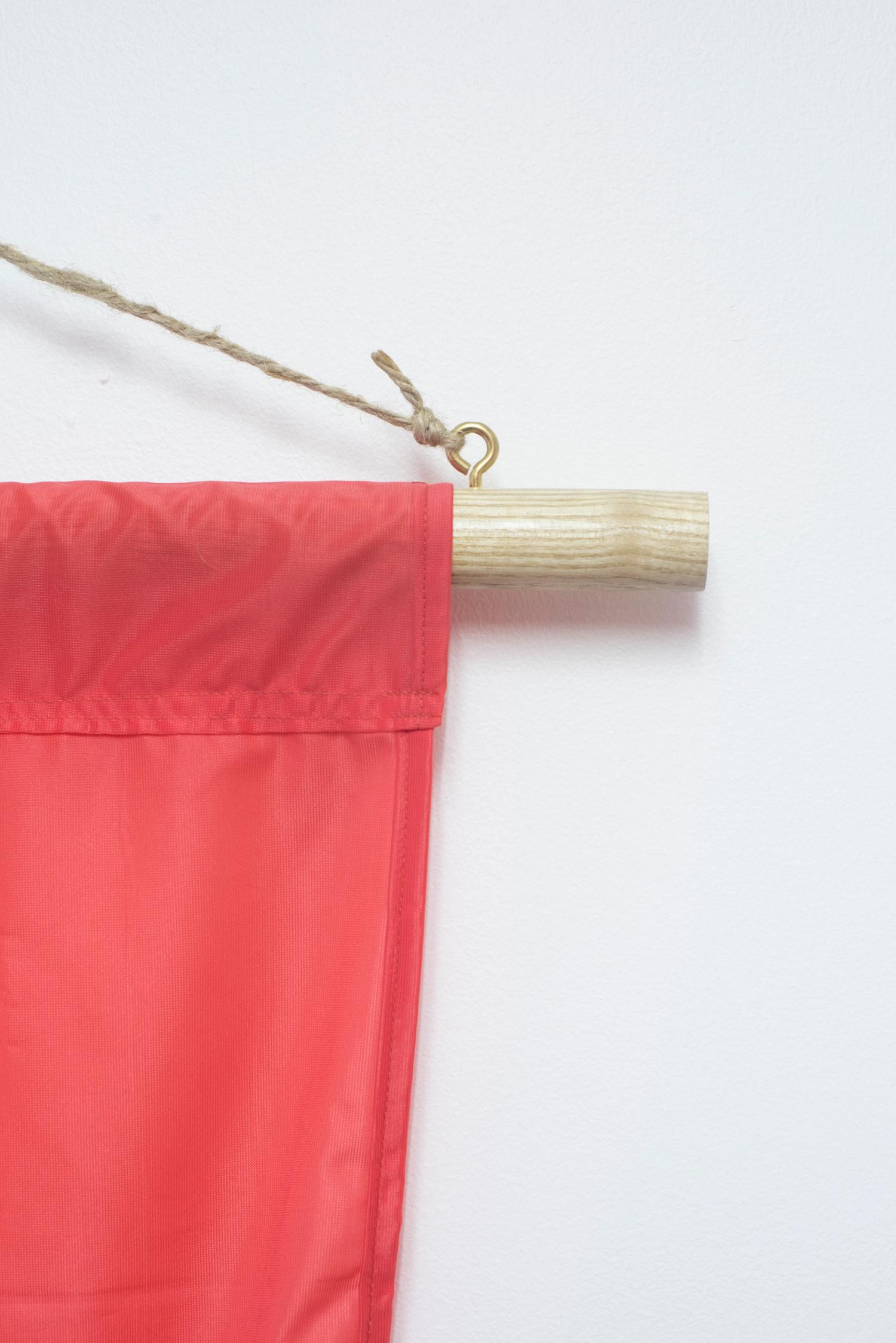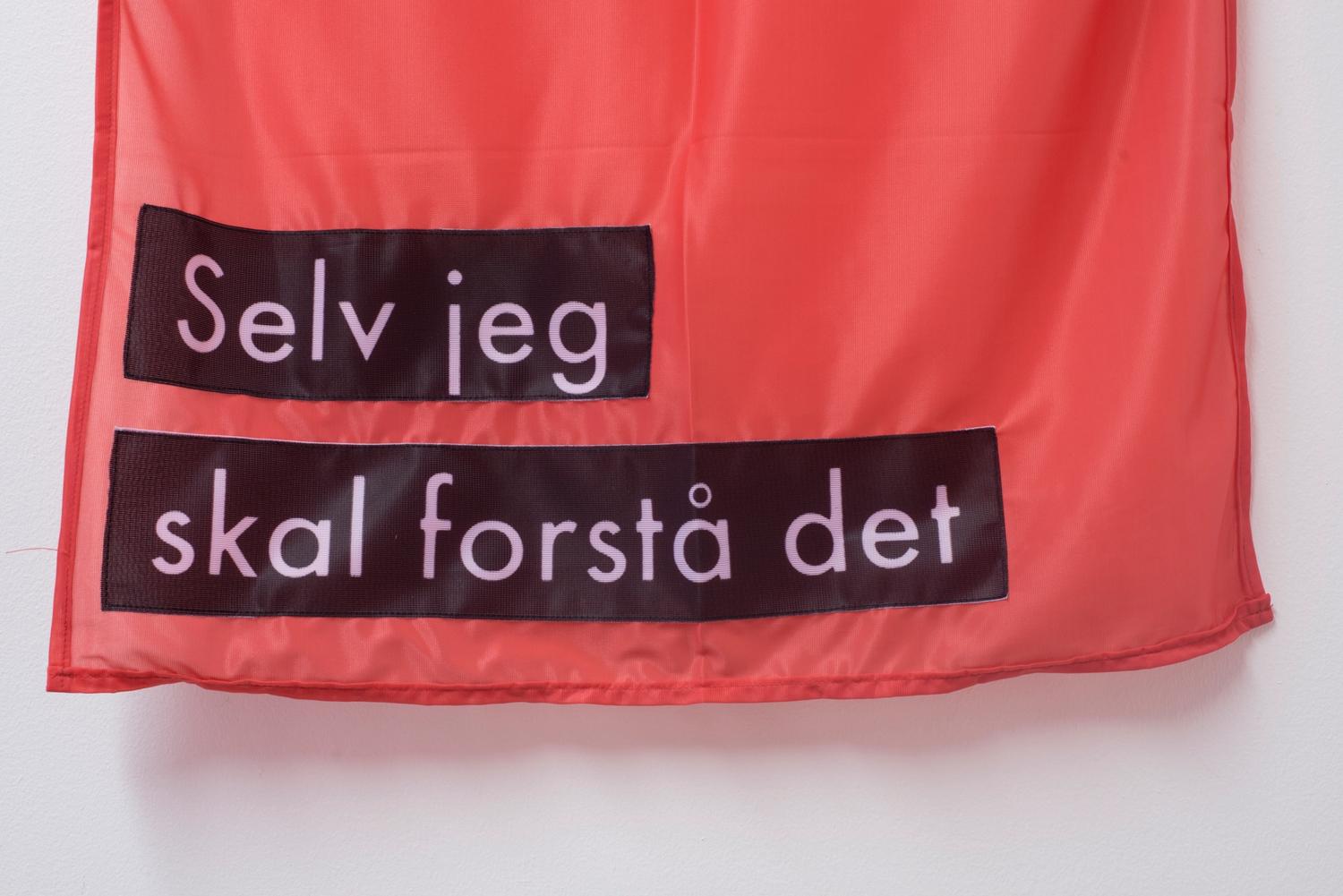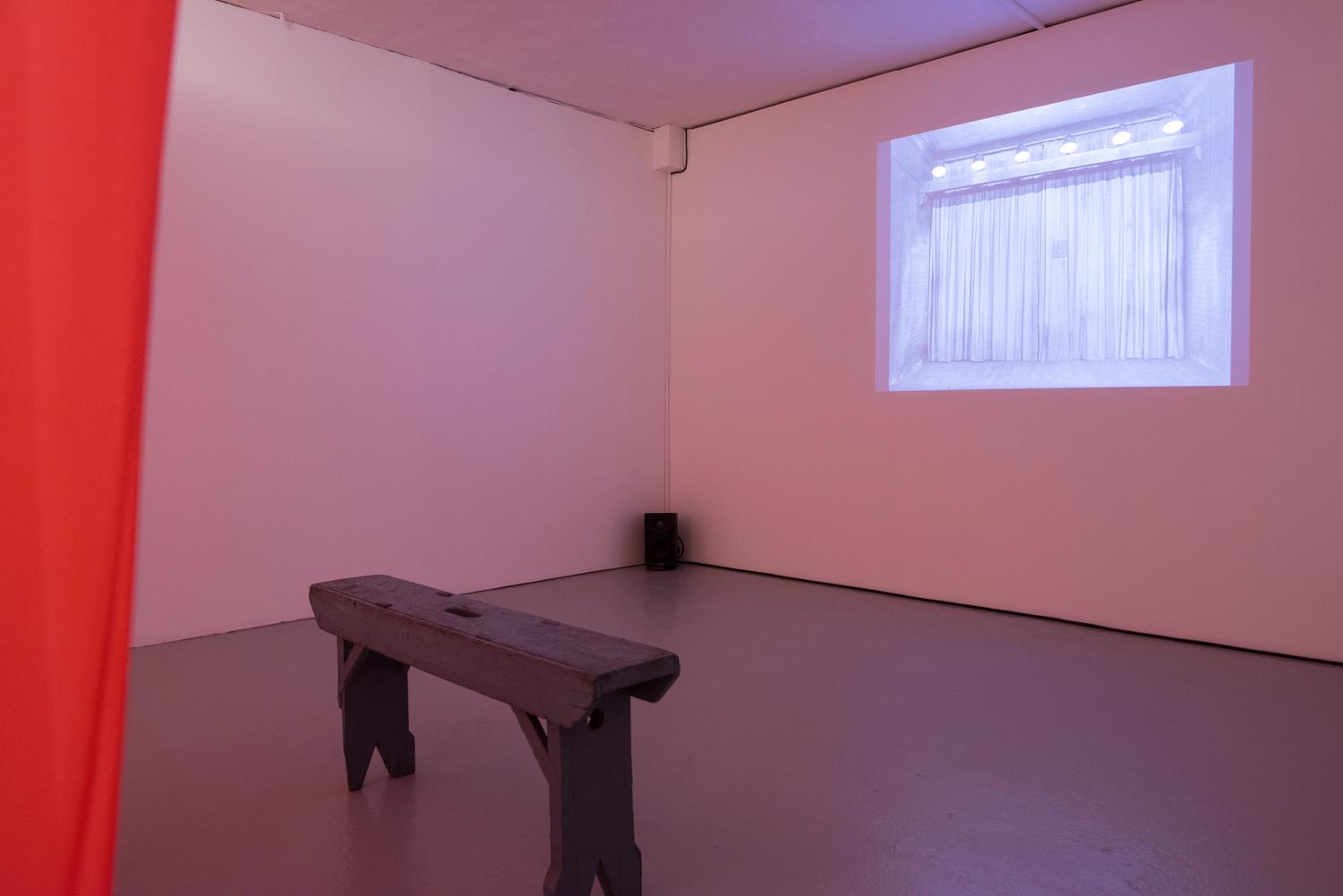"On a horizontal beam supporting the roof of Brecht’s study, there is a painted inscription: 'The truth is concrete.' On a window ledge stands a little wooden donkey that can nod its head. Brecht has hung a little notice around its neck with the words: “I, too, must understand it”." Walter Benjamin ”Notes from Svendborg”, 24 July 1934.
The exhibition (T)reason and Emotion presents Per-Oskar Leu's 2012 video essay "Crisis and Critique" and a series of new textile works drawing on this film.
"Crisis and Critique" is built around the audio recordings of German playwright and poet Bertolt Brecht's testimony before the U.S. Congress' House Committee on Un-American Activities (HUAC) in 1947. The HUAC hearings were intended to uncover communist infiltration in the American entertainment industry, and marked the beginnings of the witch-hunt that began in earnest in the USA under senator Joseph McCarthy's leadership in the 1950s. In Leu's staging the recordings are combined with film clips that are, in different ways, related to Brecht and other key players in the HUAC processes during The Cold War.
Among the material Leu has used to reactivate Brecht's testimony is the courtroom scene from Fritz Lang's M (1931), which according to Lang was directly inspired by Brecht's musical The Threepenny Opera. An extended animation sequence in "Crisis and Critique" is taken from Der Fuehrer's Face (originally Donald Duck in Nutzi Land) – a propaganda cartoon produced by Walt Disney in 1943. Disney helped stir up anti-leftist sentiment in Hollywood and was on the HUAC committee's list of "friendly witnesses" during the hearings in Washington.
As a prominent figure on the German left, Brecht had himself experienced the Nazi restrictions in the field of culture a few years earlier. He had also experimented with using the tribunal as a form in his own plays, and was thus well equipped to face his new accusers. By way of wit and humor, the author engages in a rhetorical cat-and-mouse game with the committee in their attempts to "expose" the political content of Brecht's works. "Crisis and Critique" thus becomes a kind of dark comedy on ideology and the freedom of artistic expression in relation to the powers that be. Like many of Leu's earlier works, the project is concerned with the role of the artist in times of social upheaval.
Leu's title is taken from Krise und Kritik – a planned but never realised journal conceived by Brecht and the German philosopher Walter Benjamin at the height of The Great Depression around 1930. One might say that the latter's spirit is present in Leu's editing, as Benjamin considered the film montage a powerful political tool of his time. Leu has also employed a number of estrangement effects – techniques from Brecht's epic theatre designed to stimulate the viewer's critical faculties.
